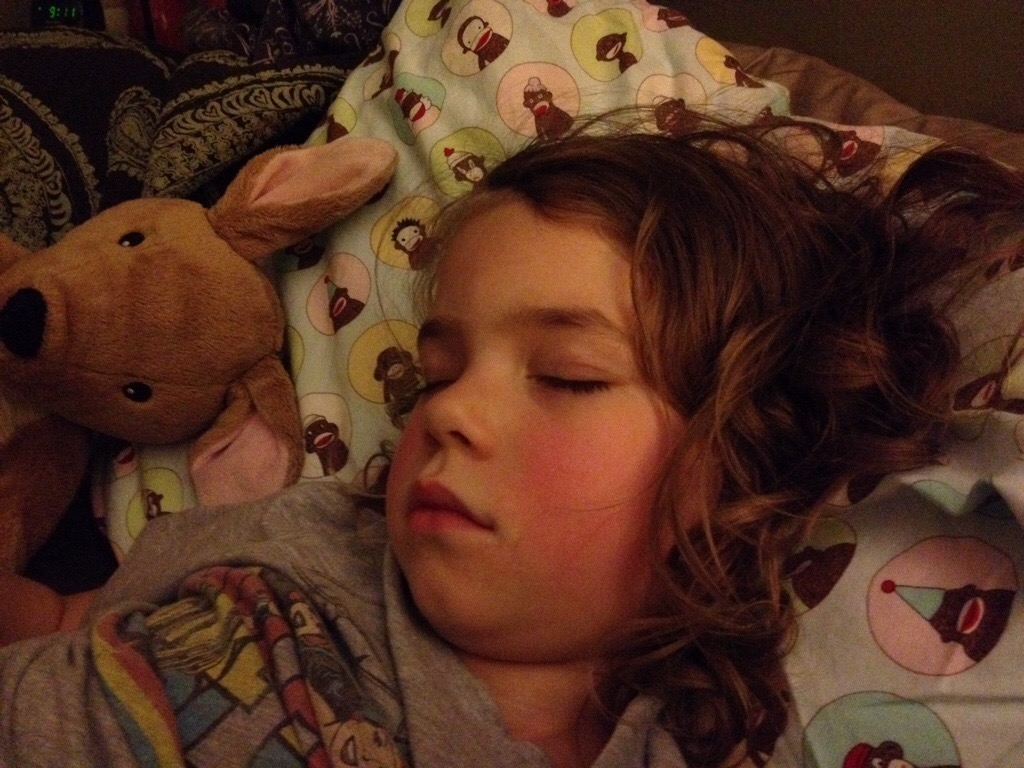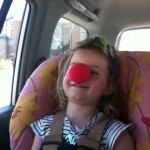We met withe Kate’s pediatrician on Thursday, April 18th, to discuss the EEG results from April 16th and sort out a plan for addressing her seizures. We are working on getting an appointment with the neurology team at Seattle Children’s Hospital as soon as possible. We have a previously scheduled checkup with the surgical team in May, but neurology is proving to be a challenge, with appointments available starting in August.
Until last week Barb and I have been primarily focused on learning about the potential issues related to shunt failure and identifying the symptoms that would help us react appropriately. We have been looking at Kate’s issues with the understanding that an increase in cranial pressure due to shunt failure would be at the root of the issues.
Historically we have attributed the sequence of symptoms, agitation, vomiting, nystagmus, etc… to potential shunt failure, this resulted is an incomplete understanding. The symptoms never lined up correctly to clearly indicate her shunt was not working. The EEG results and a review of the video from the ER Sunday night let us know we need to look at seizures along with the potential increase in cranial pressure as a source.
Prior to April 15th, what I had interpreted as nystagmus attributed to an increase in cranial pressure, is shown in the video to be a rhythmic pattern of eye movement in sync with her right arm contractions during the seizure….this is a painful point of increased understanding. Good to know what is actually happening and be able to address it accurately, difficult to process that we have been reading her symptoms incorrectly for 24 months. The incomplete interpretation of Kate’s symptoms have guided her course of care in the ER on several occasions and informed decisions about revising her shunt surgically in October of 2012.
Roughly 72 hours after the re-introduction of Keppra we saw a decrease in lip smacking while sleeping and daytime retching as part of Kate’s “episodes” where she reports to us the urgent need to throw up. It seems notable that she has this feeling frequently and never actually throws up. Prior to Keppra, she would have episodes where she would insist on having a bucket to throw up in, at times walking around the house with it until she felt better.
The last three months she has had good days and bad days. On good days she would have two or three episodes while bad days were ten to fifteen episodes. The most concerning episodes are when she will suddenly stop playing, and climb up on Barb or I and tell us she feels sick, then fall asleep on our shoulder in the middle of the day, not in a typical nap time.
This morning she had the first episode in a week, letting us know that we need to push for an increased understanding of what the symptoms are telling us about Kate’s neurological wellbeing. Additional EEG studies at Seattle Children’s or a comparable facility will hopefully give us an understanding if the retching, nausea episodes are a low level seizure or an indicator of the potential onset of a seizure and what expectations we should have of the medications ability to address what we are seeing.
We are working with Kate’s local pediatrician, Dr Graham, to schedule the neurological appointments as soon as possible. At this time we hope for greater understanding and an increase in our peace of mind with regard to what Kate is experiencing and our ability to respond correctly.
Thank you for the enduring support, please share our love with the ones you love.
Chance







